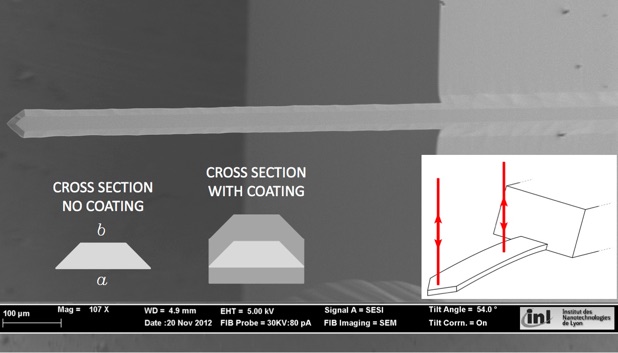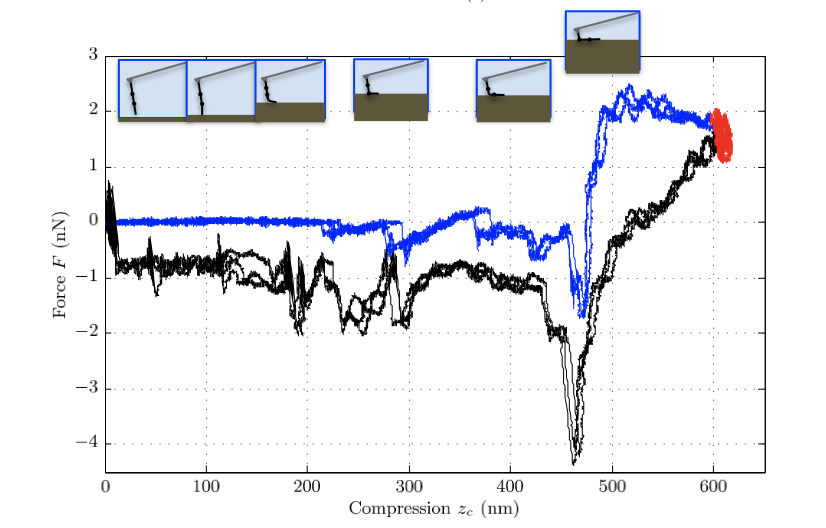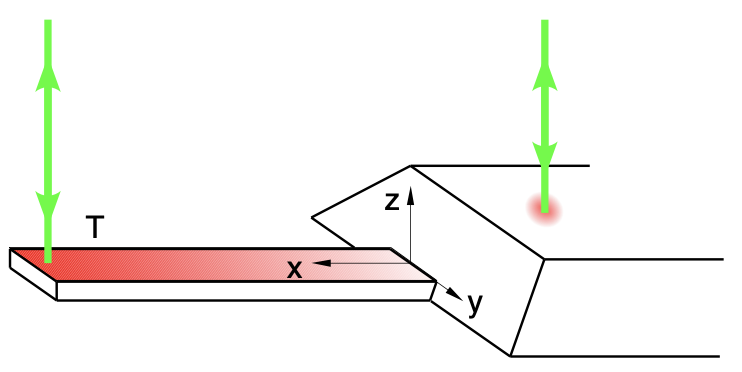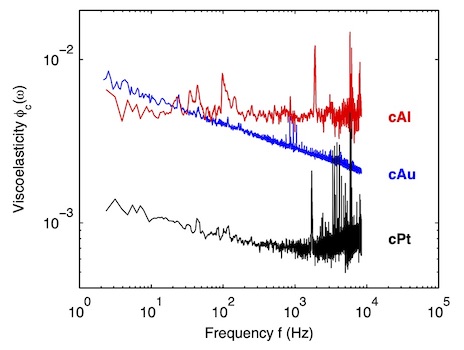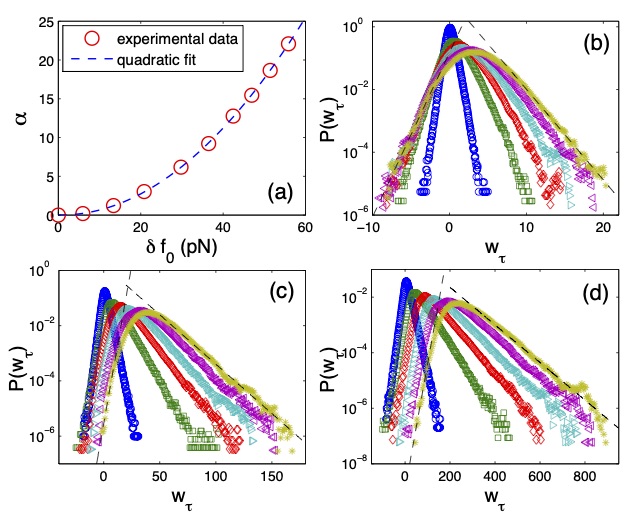Tianjun Li, Felipe A. Aguilar Sandoval, Mickael Geitner, Gianpietro Cagnoli, Vincent Dolique, Jérôme Degallaix, Raffaele Flaminio, Danièle Forest, Massimo Granata, Christophe Michel, Nazario Morgado, Laurent Pinard, and Ludovic Bellon, Phys. Rev. D 89, 092004 (2014)
doi: 10.1103/PhysRevD.89.092004
In recent years, an increasing number of devices and experiments are shown to be limited by mechanical thermal noise. In particular, subhertz laser frequency stabilization and gravitational wave detectors that are able to measure fluctuations of 10-18 m/rtHz or less are being limited by thermal noise in the dielectric coatings deposited on mirrors. In this paper, we present a new measurement of thermal noise in low absorption dielectric coatings deposited on microcantilevers, and we compare it with the results obtained from the mechanical loss measurements. The coating thermal noise is measured on the widest range of frequencies with the highest signal-to-noise ratio ever achieved. In addition, we present a novel technique to deduce the coating mechanical losses from the measurement of the mechanical quality factor which does not rely on the knowledge of the coating and substrate Young’s moduli. The dielectric coatings are deposited by ion beam sputtering. The results presented here give a frequency-independent loss angle of (4.7±0.2)x10-4 with a Young’s modulus of 118 GPa for annealed tantala from 10 Hz to 20 kHz. For as- deposited silica, a weak frequency dependence (~ f-0.025) is observed in this frequency range, with a Young’s modulus of 70 GPa and an internal damping of (6.0±0.3)x10-4 at 16 kHz, but this value decreases by one order of magnitude after annealing, and the frequency dependence disappears.

